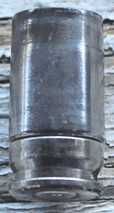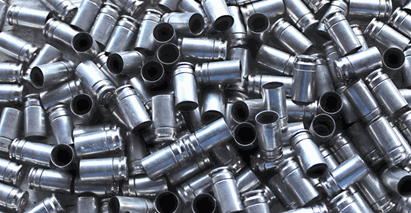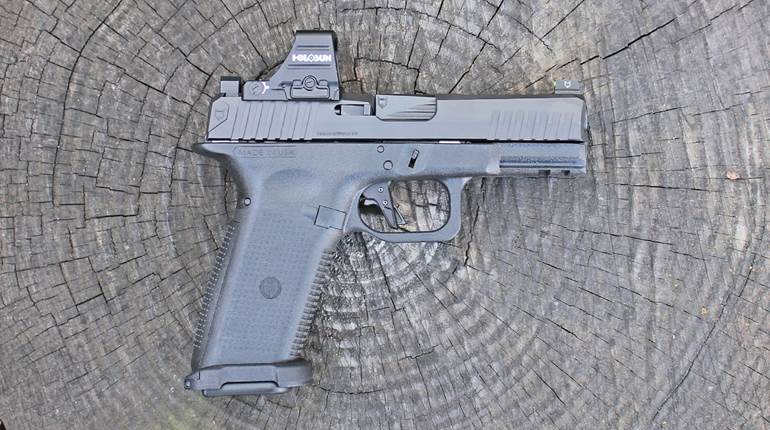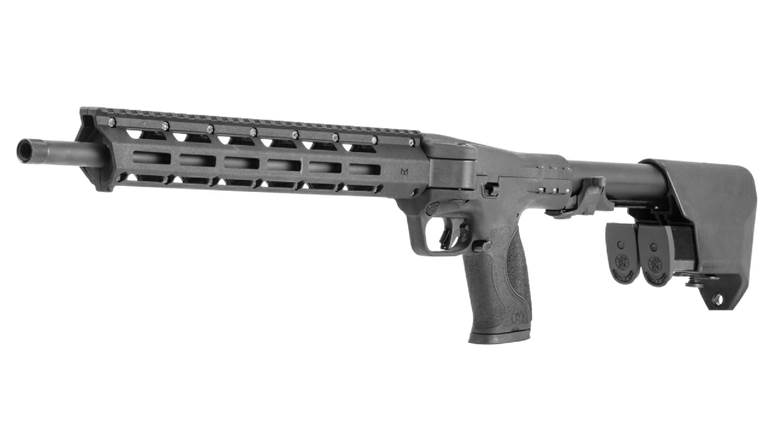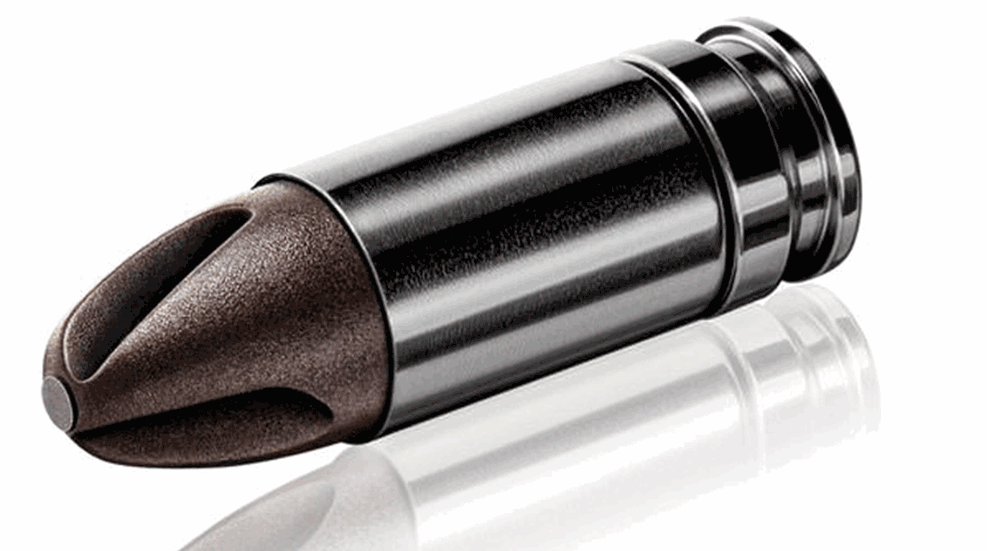
The wheels of technological advancement within the shooting industry grind along at different speeds. We see dozens of new firearms and optics crop up every year but meaningful shifts in designs, materials and manufacturing processes tend to be incremental. Bullet designs keep advancing thanks to computer aided designs and the constant investment in research and development. Laser sights have enjoyed the most rapid evolution, similar to that of other types of electronics, resulting in much more powerful, compact and affordable options. 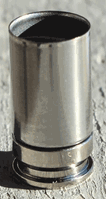
However, if you think about it, when was the last time you heard of a brand new type of cartridge case? Single-piece brass cases have been on the scene since day one of the cartridge-charged firearm. It has remained the king of ka-boom for a century and a half because it's malleable, reliable and reusable. Unfortunately, brass is not as cheap as it used to be. It's also fairly heavy which contributes to the shipping costs of raw materials and finished products.
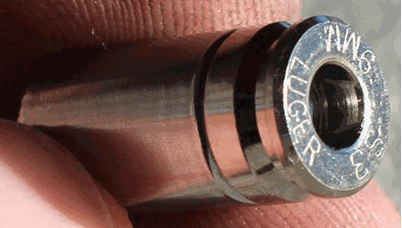
Thus the quest for the lighter, less-expensive cartridge case has been underway for some time now. Manufacturers have successfully designed aluminum, mild steel and polymer cases that cycle reliably, but they can only be safely loaded and fired once. That's why they are fitted with non-reloadable Berdan primers.
In 2016, Shell Shock Technologies (SST) introduced the NAS3 cartridge case in 9 mm, which offers an innovative approach to reducing case weight and cost. Instead of a single-piece, single-material construction, these cartridge cases have a two-piece design. Instead of more expensive “red metals,” which are subject to unpredictable price changes, NAS3 cases consist of a solid nickel-plated aircraft aluminum case head paired with a proprietary nickel-enhanced stainless alloy cylinder. These two components are mechanically locked together to form each cartridge case. The nickel plating of the aluminum base prevents galvanic corrosion from occurring.
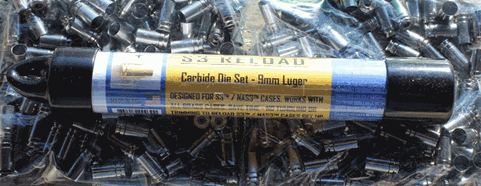
As a result of its design, the NAS3 cartridge case is stronger than its brass compatriots while weighing 50 percent less. The thinner walls of the cylinder provide an increased internal volume allowing them to be loaded to +P velocity levels without +P pressure levels. A larger flash hole results in more consistent powder ignition. Capable of withstanding 40 or more trips through a home-operated reloading press, the cases do not stretch like brass, so they won't need to be trimmed. The nickel-alloy cylinders allow spent cases to be picked up with magnets, simplifying the retrieval process at the shooting range.
NAS3 cases sell for $0.10 apiece when purchased in 1,000-count lots from the SST website. In comparison, I found reputable factory-fresh +P rated brass cases selling for $0.15 to $0.25 a piece online. The specialized reloading die sets required for working with these cases are also available through SST.
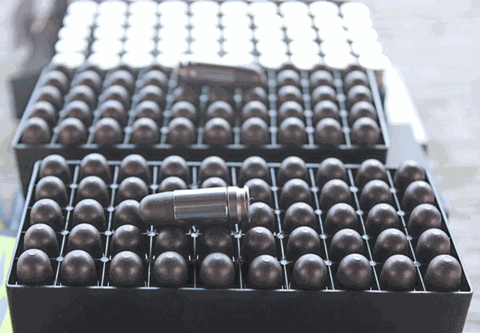
When the NAS3 case technology arrived on the market nearly two years ago, it was first marketed to shooting enthusiasts who enjoy hand loading their own ammunition. Although I used to roll my own in the past, I don't do much reloading these days. So, this cartridge case slipped off my radar.
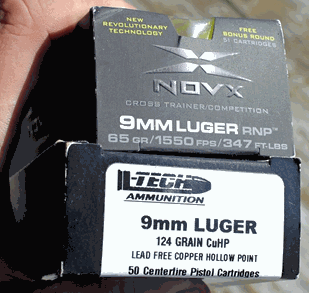
However, the SST products popped back into view not long ago with the launch of Novx Ammunition. This company opted to top the light NAS3 cartridge case with the even lighter Inceptor Ammunition injection molded poly-copper ARX and RNP projectiles. In fact, more than a dozen boutique ammunition makers are now loading this case including Creedmoor Sports, Velocity Munitions and L-Tech (which can be ordered directly from the company via email at [email protected]).
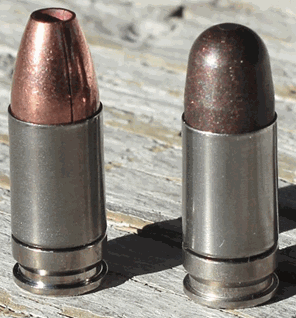
It's not uncommon for shooting enthusiasts to be hesitant about adopting new technologies, especially when they're adapted for personal protection applications. Like other CCW permit holders, a Ph.D. level analysis of the underlying science behind the formation of a new cartridge does not top my list of priorities. Instead, the number one question (once the basics are covered) is: Will it function reliably in the pistol of my choice? If a particular cartridge won't run the gun, then all other questions related to accuracy, velocity and bullet performance are moot.
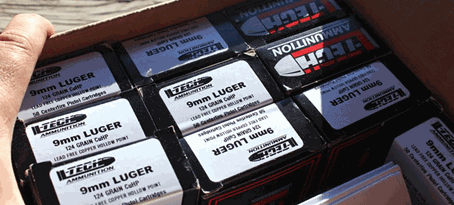
To check the reliability of the 9 mm NAS3 cartridge case, I contacted the folks at Novx and SST for a good sized set of test ammunition. Novx sent 102 rounds of Cross Trainer/Competition 65-gr. RPN +P with a listed muzzle velocity of 1550 fps. (Novx includes an extra round in each box placed in a little display window for easy identification). SST shipped out a 500-round case of L-Tech loaded 124-gr. all-copper hollow points launching at 1150 fps.
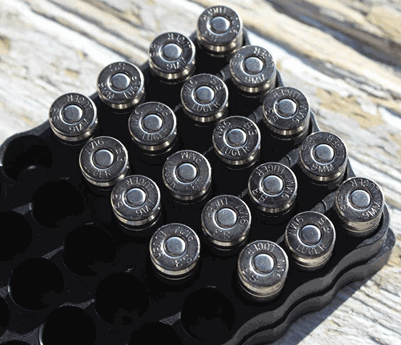
Out of curiosity, I broke out a digital powder scale to see just how much lighter 50 rounds of the Novx rounds are when compared to brass cased loads. A typical brass cased 9 mm defense load topped with a 124-gr. hollow point weighed in at 21.7 oz. The Inceptor factory load with a brass case and 68-gr. poly-copper projectile weighed 14.8 oz. The Novx NAS3 case and 68-gr. poly-copper bullet load tips the scales at just 12 oz.
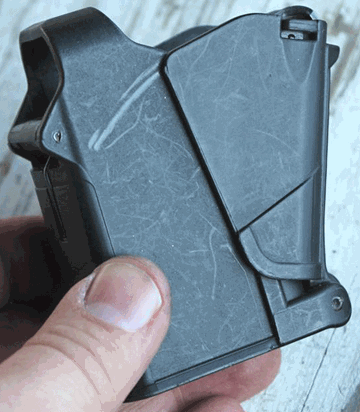
Once I had the ammunition in hand, I lined up six different 9 mm semi-auto pistols and one shiny revolver to wring out the loads. It was a straight feed-fire-eject reliably test. No formal accuracy testing, just lots of flying cases and a well-used Maglula UpLULA loader to keep all the various sized pistol magazines filled up and ready to use.
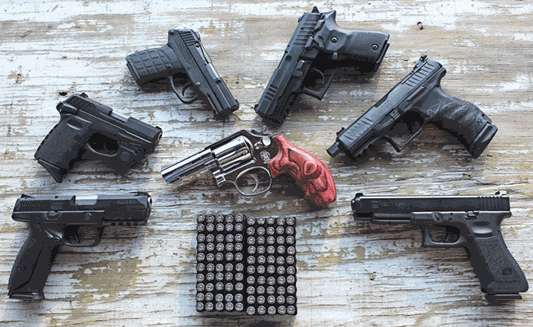
The 6+1 Challenge consisted of firing this ammunition through a total of six semi-autos and one shiny wheel gun that were all different sizes (pocket pistol to duty size) in various states of cleanliness (freshly scrubbed to dry and dirty) encompassing commercial to custom price points ($225 to $1000).
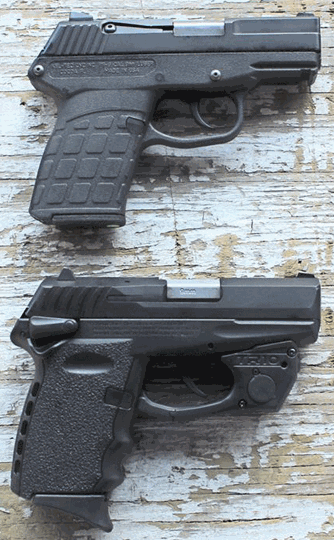
The sub-compact end of the size scale was represented by the single-stack Kel-Tec PF-9 and the double-stack SCCY Industries CPX-1, both of which have budget-friendly price tags.
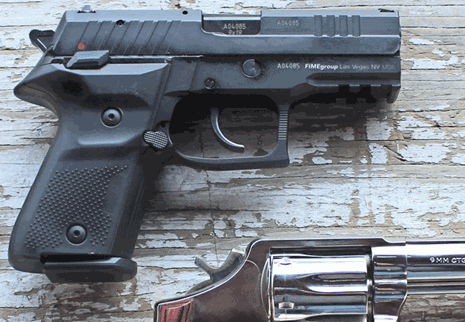
The Arex ReX zero 1 CP filled the compact category nicely.
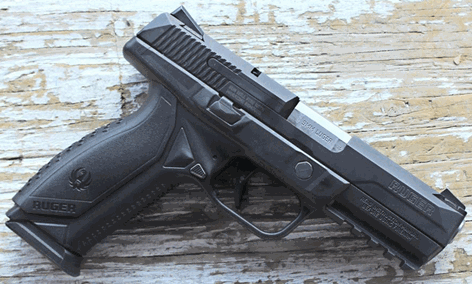
The two full-sized duty pistols included in the range test were the Ruger American Pro Duty and the Walther PPQ M2 Q4 TAC.
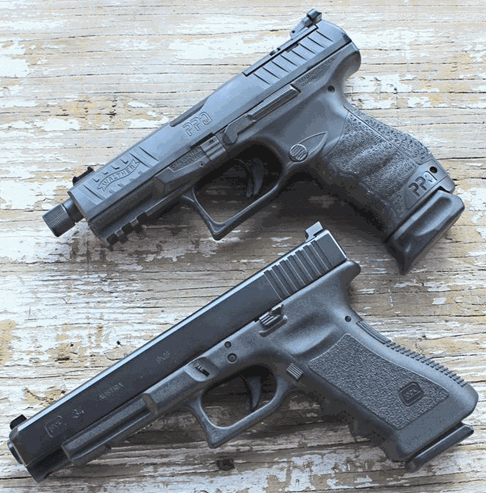
The custom gun slot was covered with a Glock Gen 3 G34 which was fully tricked out for competition a few years ago.
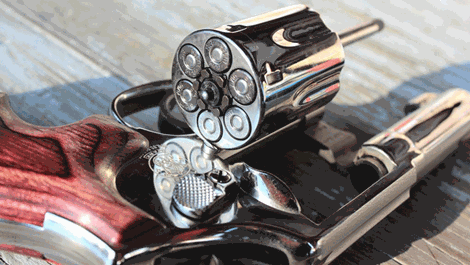
I wanted to throw in at least one oddball platform, something that the ammunition manufacturers may not have even considered, to see how the NAS3 would perform. The most unusual 9 mm I could rustle up was the Smith & Wesson Model 547 revolver. Manufactured from 1980 to 1985, this model was discontinued with just over 10,000 units completed because the proprietary no-moon-clips-required extraction system was difficult to manufacture. The likelihood that the SST cartridge cases had been fired from this particular wheel gun was pretty slim.
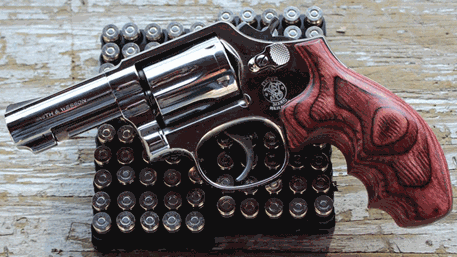
Originally I planned to prepare a handsome table to cross reference the seven guns with the two NAS3 cased 9 mm loads so as to neatly and clearly display the test results. But once the cartridges had been properly emptied down range, it was clear that a table was not required. There was not a single malfunction in the entire course of testing. No failures to feed, no faulty ignitions, and every case ejected properly. An examination of the recovered cartridge casings showed them to be completely free of cracks, bulges or other mechanical issues. They were a bit sooty but ready to be reloaded.
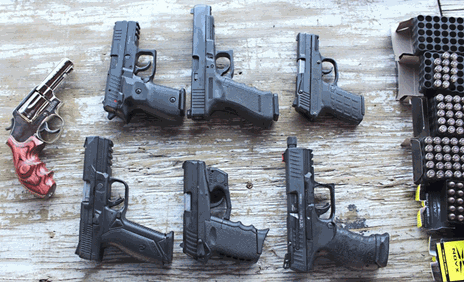
The (relatively) new Shell Shock Technologies NAS3 9 mm cartridge case represents an innovative step forward in developing reusable cases that are lighter, stronger and less expensive than traditional brass cases. While other writers tackled the topic of handloading these cases nearly two years ago, I waited to see how the ammunition manufacturing community would take to them.
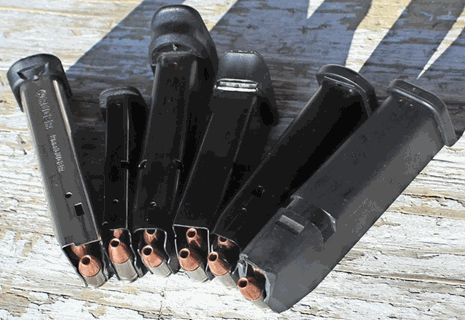
The folks who make defense-grade ammunition stake their reputation on the reliability of their products. If they can get behind this new technology, then I should be willing to try it out too. Although my testing process was hardly all-inclusive, I learned what I needed to know. So, it shouldn’t be much of a surprise to see NAS3 cased cartridges included in future gun tests. To learn more, visit shellshocktechnologies.com
